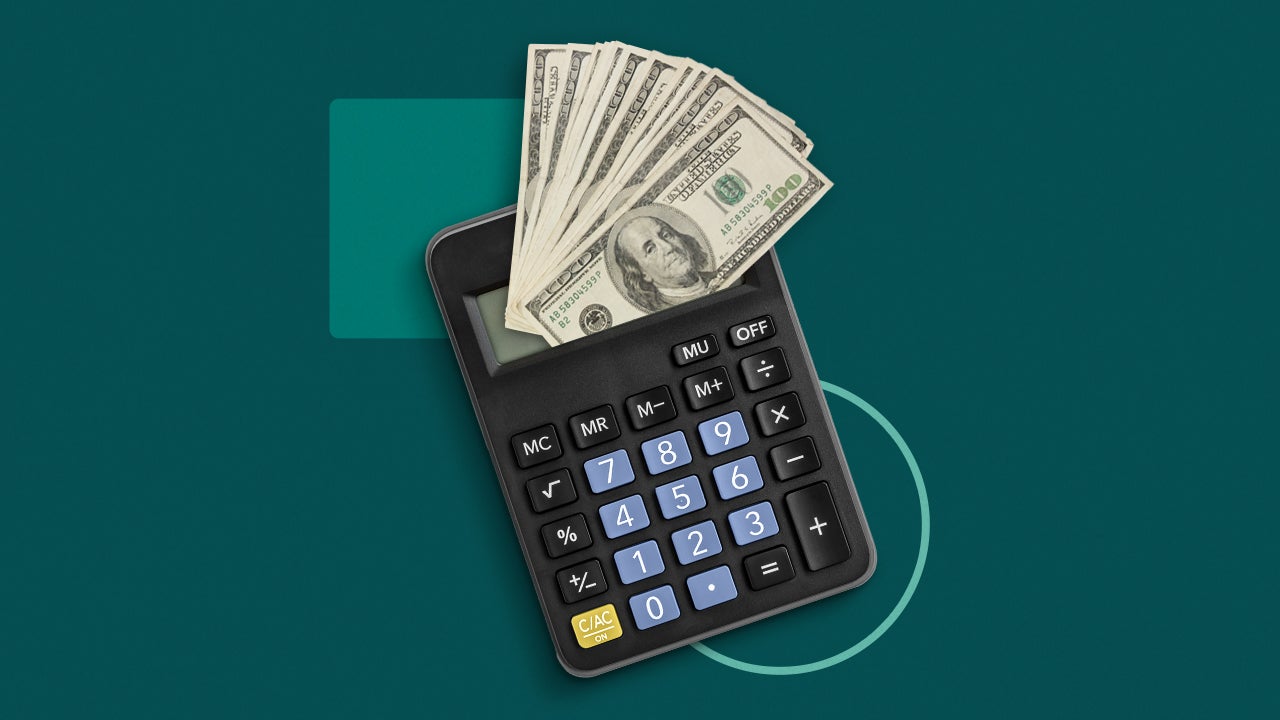How to calculate your discretionary income for IDRs

Key takeaways
- Your discretionary income is used to calculate your payments on an IDR plan.
- Discretionary income is the amount of income you have left after paying for necessities.
- You can calculate discretionary income using a simple formula, and that allows you to prepare for payment changes as situations and finances change.
Income-driven repayment (IDR) plans typically set your monthly payment as 10 percent or 20 percent of your discretionary income. It’s important to understand your discretionary income and how it could impact your student loan payment amount.
Discretionary income is your remaining income after paying for necessities, like taxes, living expenses and bills. It determines what you can afford to pay each month toward your IDR student loans.
How to calculate your discretionary income
Learning how to calculate your discretionary income will help you determine what your student loan payment will be on any of the income-driven repayment plans. Here’s how to do it:
- Look up the federal poverty guidelines for your state and family size.
- Multiply the federal poverty amount by 150 percent, or 100 percent if you’re pursuing the Income-Contingent Repayment Plan.
- Subtract your income.
If you’re married, your spouse’s income may also need to be considered, but this depends on your chosen repayment plan. For most IDR plans, your spouse’s income will only be included if you file taxes jointly. However, if you’re applying for the Revised Pay As You Earn (REPAYE) Plan, your spouse’s income will be included in the calculation regardless of filing status.
You can also use the U.S. Department of Education’s loan simulator to see your monthly payments under all the plans you qualify for. From there, you can weigh the pros and cons and decide whether to change your repayment plan or stick with the standard plan.
Example of an income-driven repayment plan
Let’s say you live in New York and earn $70,000. Here’s how you would calculate your discretionary income:
- Find the 2025 federal poverty guideline for New York, which is $15,650.
- Multiply the $15,650 guideline by 150 percent to get $23,475.
- Subtract $23,475 from your annual income of $70,000.
In this example, your discretionary income would come to $46,525.
If you signed up for a plan like Pay As You Earn (PAYE), which charges 10 percent of your discretionary income, you would pay $4,653 per year toward your student loans, or roughly $388 per month.
Keep in mind that all IDR plans use different formulas.
How discretionary income can change
Discretionary income is not a one-time calculation. Under an IDR plan, you have to resubmit your income, family size and state of residence information every year. Several scenarios can cause your discretionary income — and therefore your monthly payment on an IDR plan — to change:
- The poverty guideline changed: Federal poverty guidelines are updated every year, so it’s very likely that your monthly payment will change from one year to the next.
- Your salary changed: If you received a salary increase, your payments will likely reflect this increase. On the other hand, if your income decreases, you’ll likely see a decreased monthly payment.
- Your family grew or your marital status changed: Federal poverty guidelines increase with family size. For example, the 2025 federal poverty guidelines for a single person in most states are $15,650, but they are $21,150 for a family of two.
- You moved states: The contiguous states have different poverty guidelines than Alaska and Hawaii, so if you move to or from Alaska or Hawaii, expect a payment change.
Bottom line
Discretionary income is the amount of income you have after paying for your necessities. It is a primary factor in monthly student loan payments under a federal income-driven repayment plan. Knowing how to calculate your discretionary income can help you understand what to expect with your monthly IDR payment, regardless of what situational and financial fluctuations occur.
You may also like


How to calculate interest on a loan

How much can I take out in student loans?



